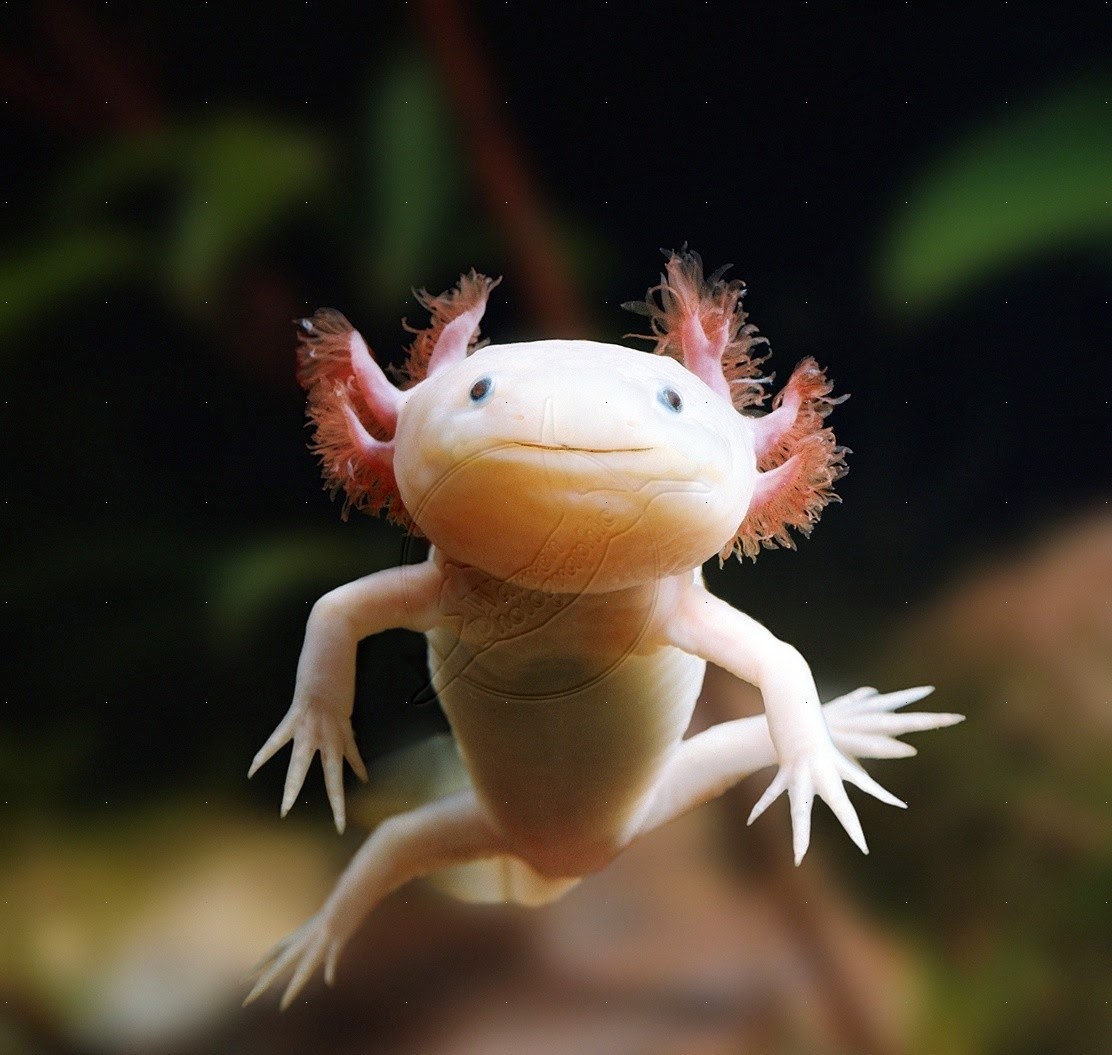Welcome to the vibrant and intriguing world of axolotls, a creature that has captured the hearts of many with its unique appearance and fascinating biology. Native to the ancient lakes of Mexico, these amphibians are not just a scientific marvel but also popular pets among enthusiasts around the globe. Their ability to regenerate limbs and other body parts makes them a subject of extensive research in the field of regenerative medicine, leading many to wonder about the different types of axolotls that exist. As we delve deeper into the various types of axolotls, we uncover not only their physical characteristics but also their habitats, behaviors, and the reasons behind their captivating colors and patterns.
In this article, we aim to provide an in-depth look at what are the types of axolotls, exploring the most common varieties and their unique traits. From the well-known wild type to the more exotic leucistic and golden axolotls, each type boasts its own distinct features and charm. Our exploration will also touch upon the importance of conservation efforts for these extraordinary creatures, as their natural habitats face significant threats.
So, whether you are an aspiring axolotl owner or simply curious about these enchanting creatures, join us as we unravel the mysteries of what are the types of axolotls, their care, and their remarkable life history. Prepare to be amazed by the variety of forms and colors that these aquatic wonders possess!
What Are the Main Types of Axolotls?
Axolotls are primarily categorized based on their coloration and genetic variations. Below are the most recognized types:
- Wild Type: The original and most natural form, featuring a dark brown or black body with a speckled appearance.
- Leucistic: Characterized by a pinkish-white body with red or pink gills, this type is often mistaken for an albino.
- Albino: With a completely white body and red or pink eyes, albino axolotls are quite rare and highly sought after.
- Golden: This type displays a vibrant golden hue, making it one of the most appealing to pet owners.
- Melanoid: A variant of the wild type, featuring a darker body without the typical speckling.
- Giant: Though less common, this type can grow significantly larger than standard axolotls.
What Makes Each Type of Axolotl Unique?
Each type of axolotl exhibits distinct physical attributes that set them apart from one another. Let's explore these variations in more detail:
Wild Type Axolotls
The wild type axolotl is the most common and resembles their natural form. They have a dark coloration that provides camouflage in their native habitat. This variability in color helps them evade predators.
Leucistic Axolotls
Leucistic axolotls are often favored for their striking appearance. Their pale bodies and bright gills create an enchanting spectacle, making them a favorite among aquarists.
Albino Axolotls
Albino axolotls, with their rare white bodies and red eyes, are a unique sight. They lack pigmentation, which makes them sensitive to light and requires specific care in captivity.
Golden Axolotls
Golden axolotls are visually stunning and have a rich golden hue. Their rarity can make them more expensive than other types, appealing to collectors.
Melanoid Axolotls
Melanoid axolotls are darker than their wild counterparts, with a more uniform body color. This trait can make them appear more mysterious and less vibrant than other types.
Are There Any Other Types of Axolotls?
While the types mentioned above are the most recognized, there are also several less common variations that exist. These include:
- White Albino: Similar to albino axolotls but with a more opaque body.
- Black Melanoid: A dark, uniform variant that lacks the speckling characteristic of the wild type.
- Chimera: These axolotls display two distinct colors on different sides of their bodies, a rare genetic occurrence.
What are the Best Care Practices for Different Types of Axolotls?
Caring for axolotls requires attention to their specific needs based on their type. Here are some essential care tips:
Water Quality
Regardless of the type, axolotls thrive in clean, cool water. Regular water changes and filtration are crucial for their health.
Temperature Control
Axolotls prefer cooler water, ideally between 60°F to 68°F (15°C to 20°C). Higher temperatures can lead to stress and health issues.
Feeding Differences
Feeding can vary slightly between types, especially concerning their size and appetite. Common foods include:
- Worms
- Pellets
- Small fish or shrimp
Tank Setup
Each type may require a specific tank setup; for instance, darker types might benefit from a more muted environment, while leucistic and albino axolotls may thrive in well-lit spaces.
How Do Different Types of Axolotls Impact Conservation Efforts?
The variety of axolotl types plays a role in conservation efforts. The natural habitat of axolotls is under threat due to urbanization and pollution. Protecting these environments is essential for all types of axolotls to survive.
What Can Be Done to Save Axolotls?
Efforts to conserve axolotls include habitat restoration and breeding programs. Additionally, educating the public about the importance of these creatures can help garner support for conservation initiatives. Here are some ways individuals can contribute:
- Supporting local conservation organizations.
- Educating others about the significance of axolotls.
- Participating in clean-up efforts in natural habitats.
Conclusion: What Are the Types of Axolotls?
In conclusion, understanding what are the types of axolotls not only enhances our appreciation for these remarkable creatures but also highlights the importance of their conservation. From the wild type to the rare golden axolotl, each variety holds a unique place in the ecosystem and deserves our attention and protection. As we continue to learn more about their biology and habitats, we pave the way for a brighter future for axolotls and the delicate ecosystems they inhabit.
Article Recommendations
- Short Positive Quotes About Life Challenges
- Germania Insurance Amphitheater
- Rodney Alcala On Dating Game Video


